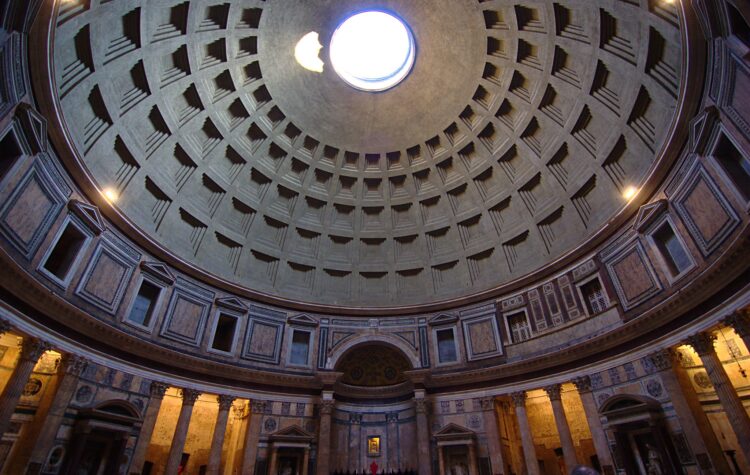Definition:
A labyrinth is a complex, intricate network of paths or passages, designed in such a way as to make navigating through it challenging. Unlike a maze, which may have multiple entrances, exits, and dead ends, a labyrinth typically has a single, unambiguous path that leads to the center and back out. Historically, labyrinths have been used both as architectural features and symbolic forms, serving various purposes in different cultures, from spiritual journeys and rituals to entertainment.
Etymology & Origin:
The term “labyrinth” comes from the Greek “labyrinthos,” and while the origins of the word are unclear, it is often associated with the legendary Labyrinth designed by Daedalus for King Minos of Crete, which housed the Minotaur. Over time, the concept of the labyrinth has evolved and been adopted in many cultures around the world, often imbued with metaphorical meaning, such as the journey of life or a path to spiritual enlightenment.
Examples:
- The ancient Cretan Labyrinth, home to the Minotaur in Greek mythology.
- Medieval cathedral labyrinths, such as the one in Chartres Cathedral in France, which were walked as a form of meditation or penance.
- Modern therapeutic labyrinths in parks and hospitals, designed to provide a peaceful space for reflection and relaxation.



